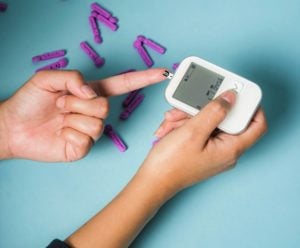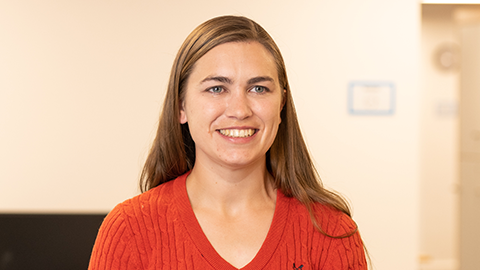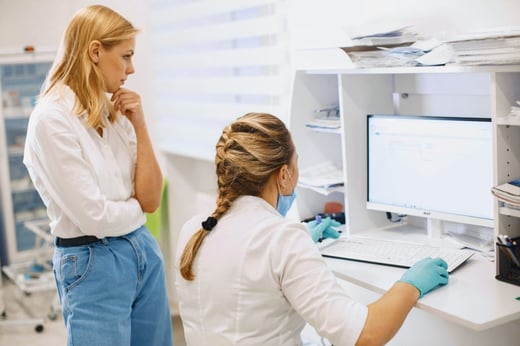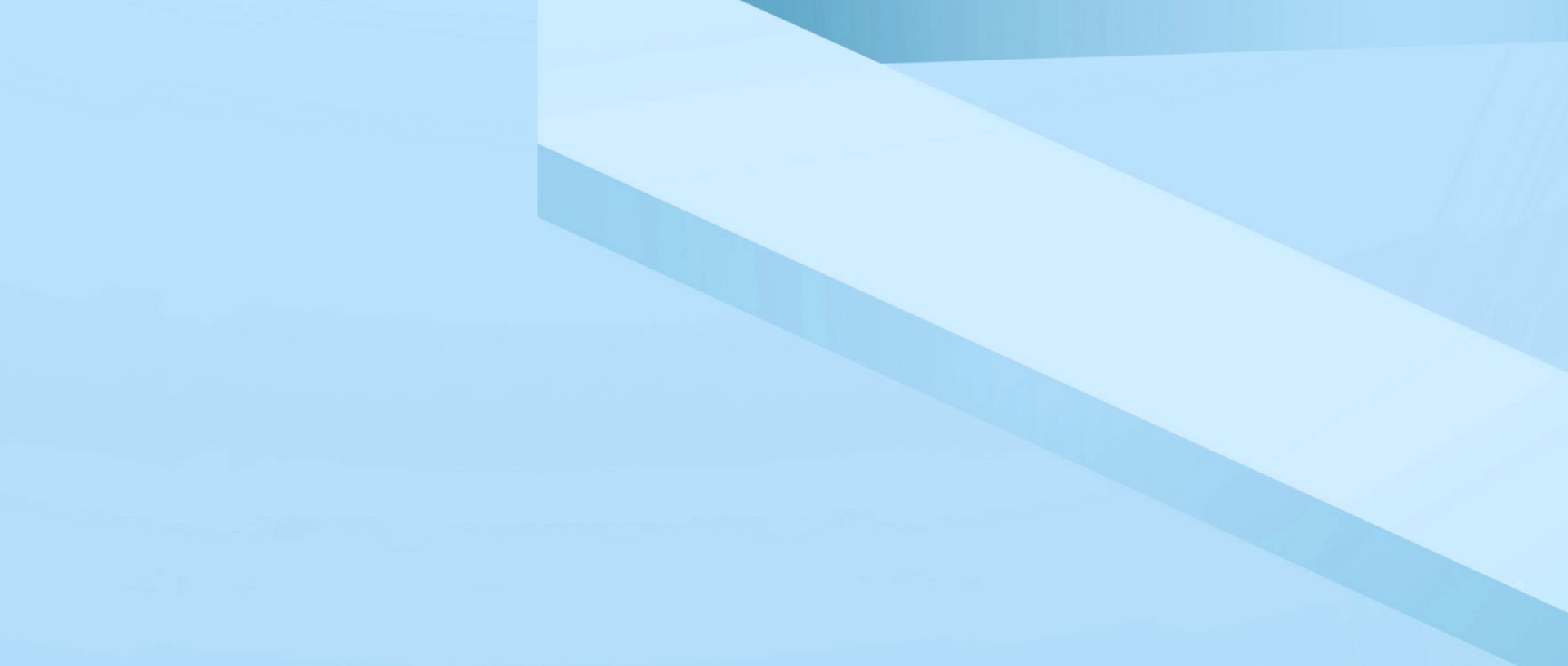
Newsletter: Healthcare & Life Sciences Update – May 2022
May 2022
By Craig Townsend, Director of Healthcare at 42T
As we move into the summer it’s nice to see so many in person networking events and conferences returning. I’ve been travelling throughout the month, meeting with clients and exciting prospects alike and there has been one discussion point that has cropped up again and again, changes to medical devices regulation in the EU.
So it’s handy that this month’s spotlight is your guide to medical device regulation!

In this update:
- Medical device regulation – who are the regulators, what differs region to region and some considerations when planning your own regulatory strategy.
- Meet Sarah our Head of Healthcare technology, with a diverse background in robotic surgery, diagnostics and orthopaedic surgical instruments.
- Previous articles you may find interesting: ‘Same ideas, new markets – using IP as a driver for diversification’, and ‘Empathy vs sympathy in design’.
Latest insight from our team
Medical device regulation – an introduction
Medical device regulation is a vast and complex subject with different rules depending on the country you are selling your device into, and its intended use. This article offers a detailed introduction to who some of the regulators are, what they look for, how devices are classified and some steps to take in approaching a submission. Plus some of the pitfalls!

Meet the team: Sarah Knight

Position: Head of Healthcare Technology
Joined the team in: 2012 for 6 six years and rejoined in 2021
Specialism/skills: Sarah has deep experience of medical device development across surgical instruments, drug delivery and diagnostics. She is one of our go-to experts for regulatory questions and is a Chartered engineer (IMechE).
Fun fact: Enjoys tinkering with, upgrading, or travelling in her self-built campervan.
And in case you missed these insights from the team…
Same ideas, new markets – using IP as a driver for diversification
Game-changing innovation is inspired by the context surrounding it. Typically, this means either a spark of realisation that you can solve a frustration shared by many people, or that a new breakthrough technology enables a new product – the standard market pull and technology push models.
Empathy versus sympathy in design
Empathetic design requires considerable effort by designers. And there are common research techniques for empathising with real users throughout the development process. We’re passionate about user-centred design, and we know that user acceptance is key for the success of a product.
Best wishes,
Craig Townsend
Director of Healthcare
Share this article:
Related Articles

Healthcare & Life Sciences
Health Innovation East & 42T host free webinar to help power Net Zero NHS

Healthcare & Life Sciences
Women in STEM: paving the way for innovation in women’s health

Healthcare & Life Sciences
Healthcare webinar: Overcoming bias in designing women's health solutions

What will you ask us today?
We believe in asking the right questions to drive innovation; when we know the right questions, we generate the ideas to answer them.

